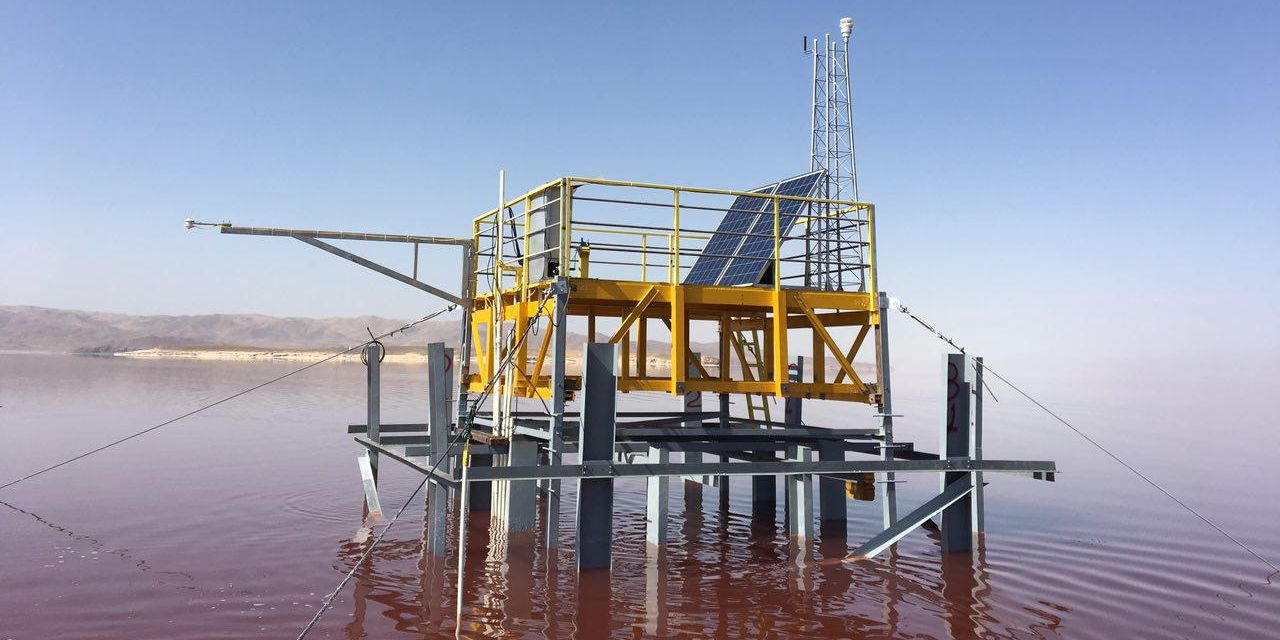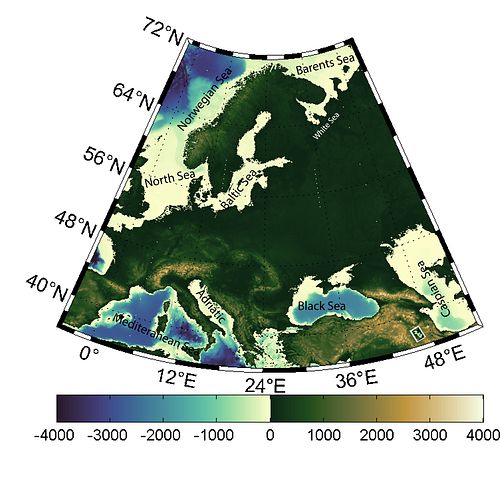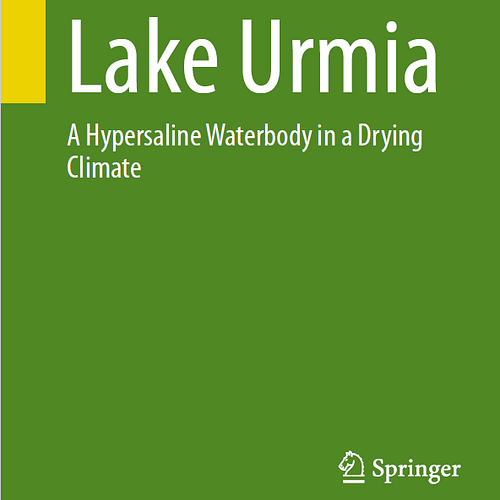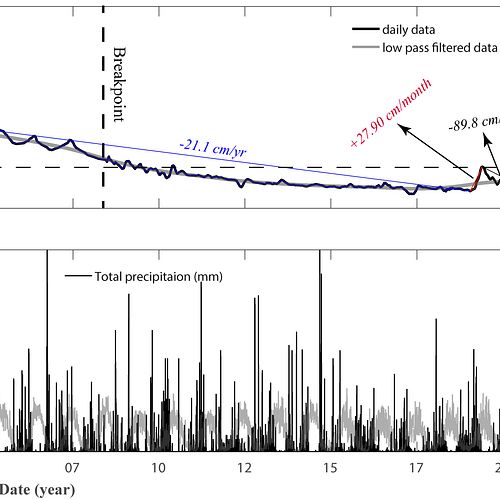19 June 2024 news
Akvaplan-niva has led an international project to provide a holistic review of the environmental status of Lake Urmia, Iran in terms of hydrodynamic, biogeochemical, and ecological aspects and deployed two sets of fully digitalized observatory platforms to measure over 30 physicochemical parameters and communicate online to the end user. The project has resulted in a book that is published in Springer "Handbook of Environmental Chemistry" series.
About Lake Urmia
Lake Urmia is a shallow semi-transboundary hypersaline waterbody in northwest Iran. It is known as one of the largest continental salt lakes in the world and is recognized by UNESCO as a world heritage site. Lake Urmia is a closed basin and there is no outflow to external water bodies. In the last decades, due to the combined influence of climatic and anthropogenic factors, the surface area and volume of the lake have been shrinking significantly. The primary cause for water loss in Lake Urmia is evaporation and limited freshwater inflow. An increase in evaporation and a decrease in the water supply have led to a decline in water level and an increase in salinity. Diverse observations show that Lake Urmia is shrinking, and if it dries out, a vast salt desert will remain from this lake, which is an undeniable threat to the regional ecosystem.

Lake Urmia is located in Eurasia between the world's largest inland body of water (the Caspian Sea) and the largest marginal sea (the Black Sea).
Impacts of water addition
Within this study, the possible impacts of water addition to Lake Urmia to improve its natural state were evaluated based on a multidisciplinary study combining intensive observations with coupled and adopted hydrodynamical and chemical models. The results cover past and current characteristics of the Lake, as well as some future scenarios. One of the scenarios is evaluating the potential ecosystem consequences of conveying Caspian Sea water to Lake Urmia.
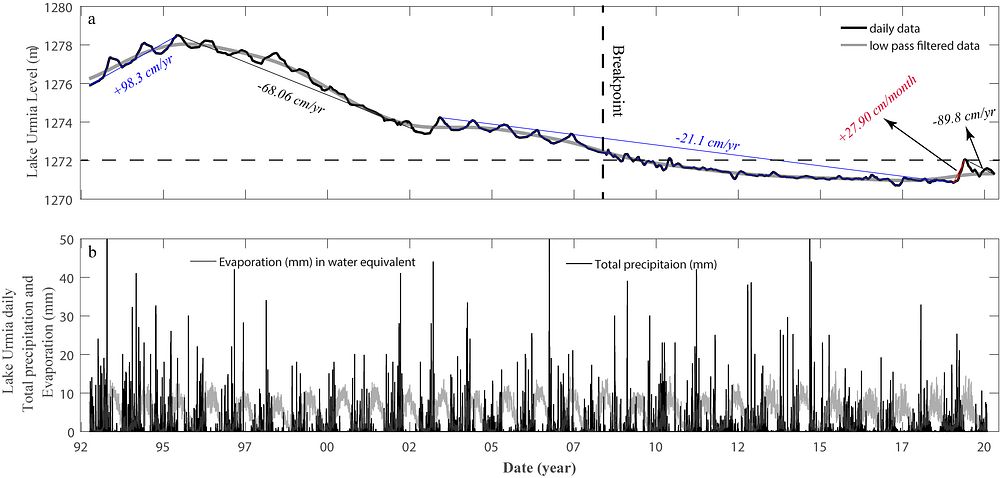
Lake Urmia lwater evel fluctuations and trends from 1993 to 2020, and time series of in-situ measurements for total precipitation and evaporation.
The project outcomes were published as a book by Springer. The book is a joint effort of a multinational and multidisciplinary scientific team from different countries i.e., Norway, Iran, Russia, the United Kingdom, The United States, Turkey, Germany, and Canada, and reflects the international scientific interest in Lake Urmia's unique ecosystem.
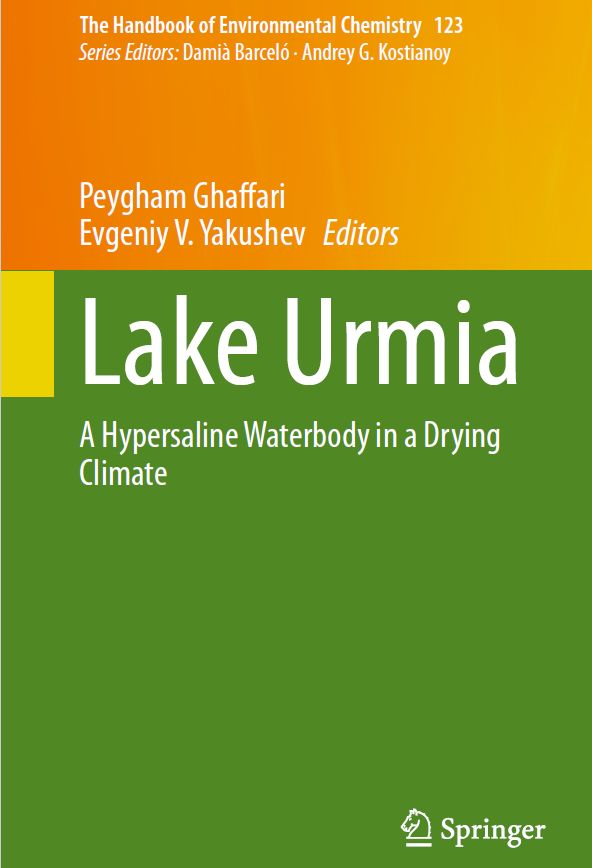
Front cover of the book about the Lake Urmia project (Credit: Springer).
Project partners: Akvaplan-niva, the Norwegian Institute for Water Research (NIVA) and Plymouth Marine Laboratory (PML)
Book link: https://link.springer.com/book/10.1007/978-3-031-41053-6
